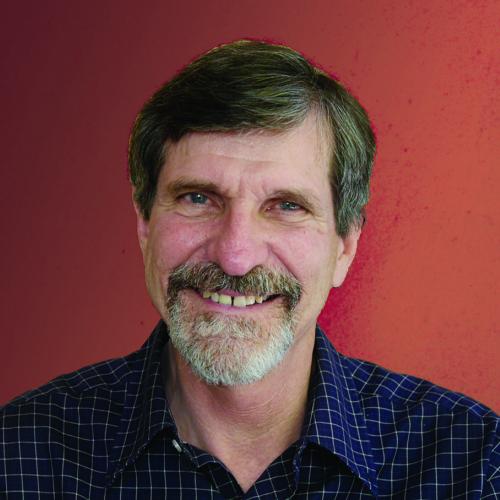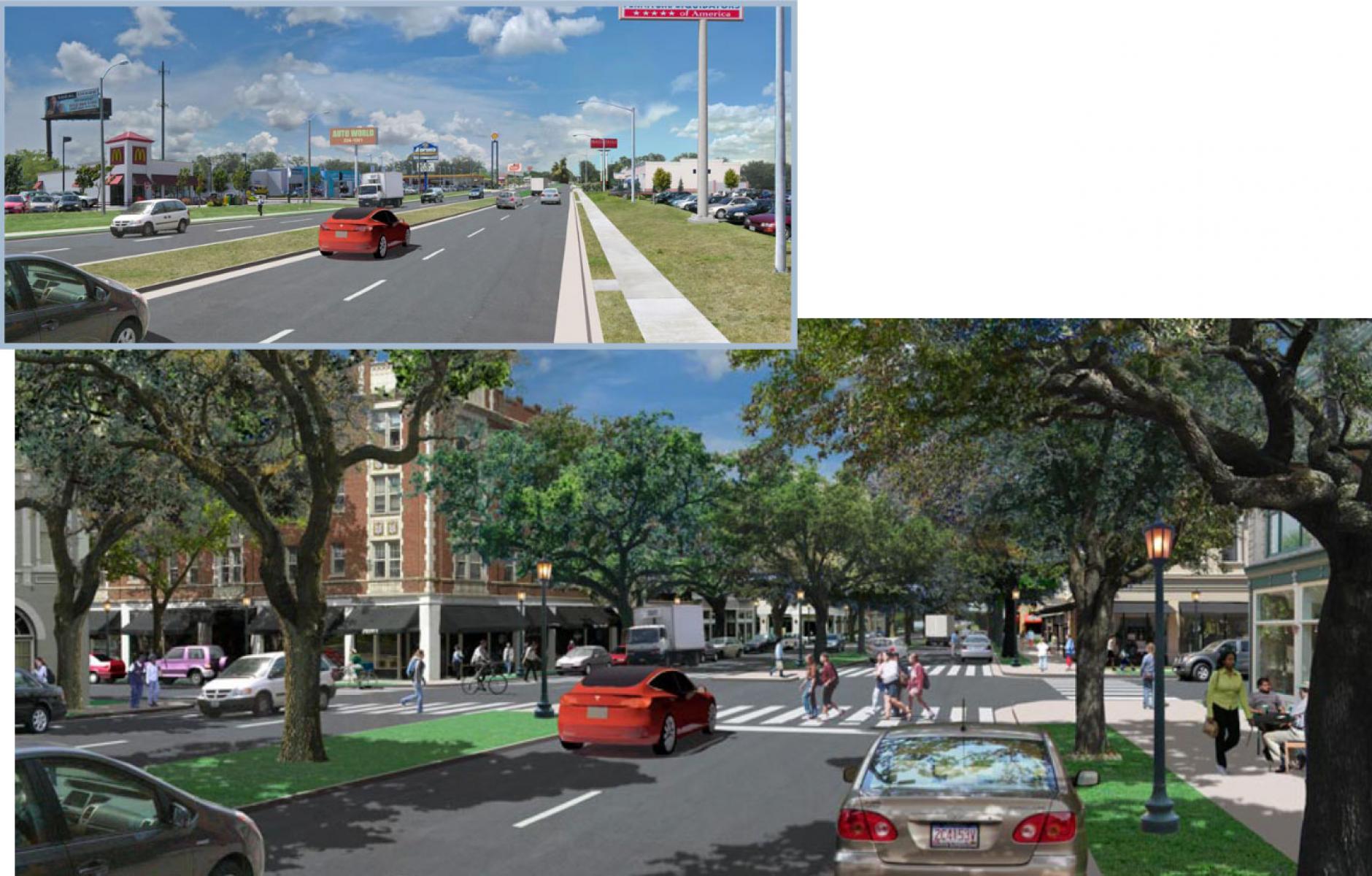
After the pandemic, human nature will keep cities alive
Commentators in the newspapers and social media are predicting Americans will return to auto-oriented suburbia after the frightening experience of the COVID-19 pandemic—that low density suburbs will increase in popularity by offering a sanitary separation from other people that denser, walkable communities don’t. But this perfectly logical deduction ignores the complexity of our animal motivations.
Density is being blamed as the handmaid of the pandemic, which in the future will turn people off from walkable towns and cities. It makes rational sense: more people in a given area exposes you to more diseased people. Yet all current evidence shows that coronavirus is spread by exhalations of droplets from an infected person to another nearby person within undivided space, especially indoors. There is no indication that a wall with two layers of drywall and sound insulation between apartment neighbors is riskier than a barrier of lawn and shrubs. There are so many factors influencing the spread. If density is at fault, how do you explain the disparity in death rates between New York City, measured in the thousands, and Hong Kong, with only a handful?
The big danger in both suburbs and cities is checkout lines at grocery stores. For other shopping, grabbing door handles is a dilemma in suburbs as well as cities; how many suburban stores and restaurants have self-opening doors? Apartment dwellers in cities and suburbs will have to exercise extra caution when pushing elevator buttons, although this pandemic could spur technological innovation like touchless elevators. (The amount of elevator button pushing is the same for going up two floors as for 20 floors.) City dwellers may also need to upgrade their face masks from homemade to N95 masks as they walk down narrow hallways. Towns and cities also have more inducements to gather in ways that disease can spread than in the suburbs: museums, music clubs, sport stadiums, street festivals. Does that go in the demerit column? Yet, at this time, if you shelter in place in the city, take precautions, and don’t avail yourself of sport and cultural amusements, you reduce your exposure to the coronavirus just as you would in suburbia; albeit the sense of deprivation can be stronger in the city given the boarded-up jazz club just down the block.
Most popular discussions pitting city against suburb assumes a sharp binary distinction between them. It is unfortunate that after this pandemic, many people will feel that they have to choose between two options, that are really caricatures: dense, teaming cities or spacious, leafy suburbs. In reality all cities and suburbs lie on a continuum between very dense (Manhattan) and extremely low-slung (sprawl suburbs.) Today’s auto-oriented suburbs are characterized by cul-de-sacs, sound walls, meandering high-speed streets, arterials, and ubiquitous parking lots, while walkable streetcar suburbs of the early 20th Century are not. The archetypes of city and suburb that reside in our imaginations only serve to muddle intelligent choice.
What drives human choice?
There are three common explanations for what drives human decisions: economic calculation, enculturation, and human nature. All three promise explanatory certitude and varying degrees of truth. Cost-benefit analysis—subsumed in classical economics—offers the most certitude, positing that humans will rationally choose that which gives them the most bang for their dollar. Give them an easily quantifiable product, for example a house with X square footage and Y number of bedrooms, and they will buy to maximize how much they get.
Behavioral economics maintains that this is simplistic, that people often make “rational” economic decisions undermining their own happiness; for example, buying into housing subdivisions that promise spacious interiors and quiet, yet lack visible neighbors and feel isolated. Also, much of what urban living offers doesn’t come packaged in quantifiable products. Cost-benefit analysis doesn’t explain why people choose to go to museums, sporting events, and public squares. Why are coffee houses full of people when the coffee is cheaper and the furniture more comfortable at home?
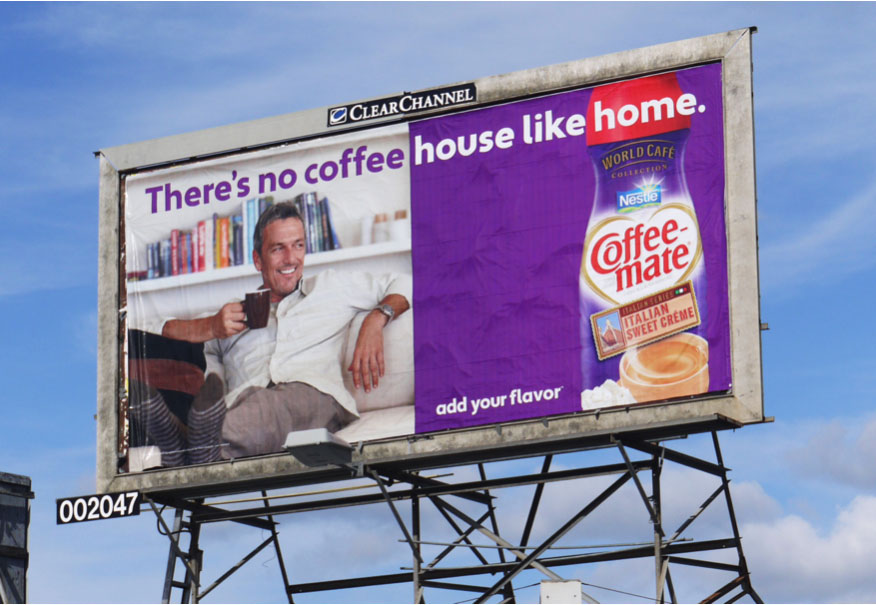
Is there a rational justification?
Another of the explanations for human choice, enculturation, says that what we desire is what we have been taught to desire. Cultural upbringing and advertising shape our desires. This is the classic blank slate assumption behind both futurists’ dreams of skies full of personal helicopters, and the banal reality of monotonous housing tracts. People can be induced to accept anything. But the renewed interest in classic urban living and public spaces of recent years can’t be explained as a turnaround in cultural indoctrination. People changed regardless of the cultural mythos of the “American Way” and the constant marketing of products. What is it that can defy economics and culture?
People throughout the world, no matter how remote from each other, demonstrate common preferences and behaviors: they smile, groom, tell jokes, make music, have personal possessions, prefer sex in private. Researchers have compiled lists of hundreds of these universals that can’t be explained by enculturation or economic calculation. These universals suggest the third explanation for human desires: that humans share a common nature. Compared to the rationalism of cost-benefit analysis or the vagaries of culture, human nature implies something imperative and constant. This puts guardrails on our imaginations. Human sociality propels people to places where other people are. Notwithstanding the existence of misanthropes, or the everyday need for some privacy, humans are by and large social animals.
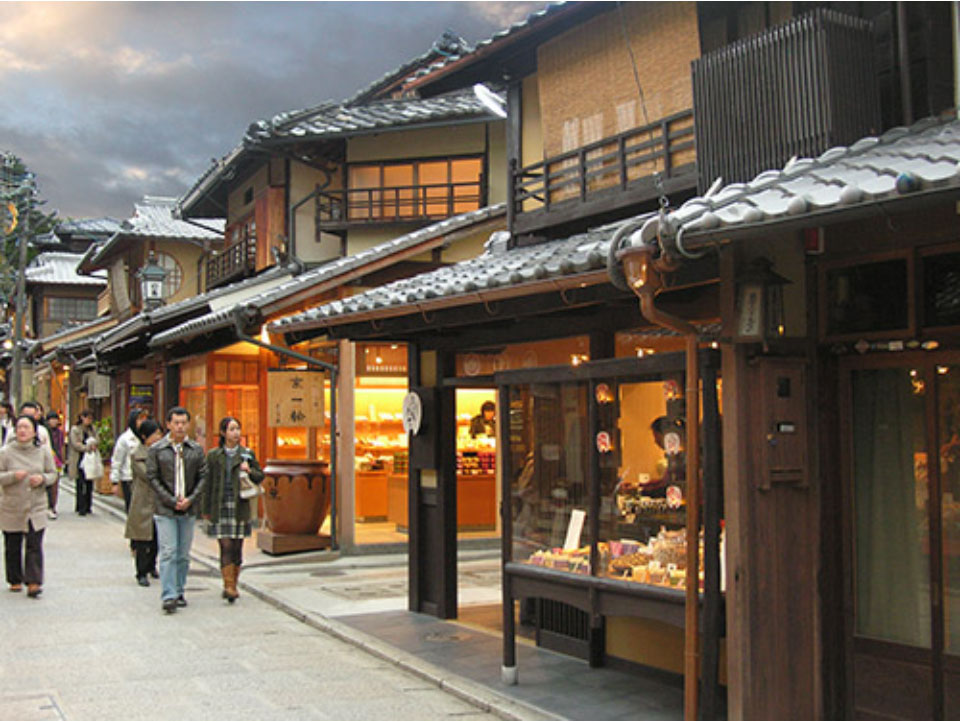
This doesn’t seem all that controversial nowadays, but the intellectual climate was very different throughout much of the 20th Century. To suggest that humans had a nature was not the prevailing thinking of most liberal intellectuals. Consider this quote from well-known anthropologist Ashley Montague from 1973:
“With the exception of the instinctoid reactions in infants to sudden withdrawals of support and to sudden loud noises, the human being is entirely instinctless. . . . Man is man because he has no instincts, because everything he is and has become he has learned, acquired—from his culture, from the man-made part of the environment, from other human beings.”
When biologist and Pulitzer Prize winner Edward. O. Wilson of Harvard suggested in the 1970s that humans were part of the animal kingdom called social animals and should be studied as a naturalist would study chimpanzees, elephants, or ants, he was strongly decried—protestors even dumped water on his head while he was lecturing at Harvard. In a way, it was understandable. Racists, anti-Semites, misogynists, and the like have disparaged others because of their purported “natural” inferiority. Much pseudoscience has used “nature” to stop discussion and justify privilege and oppression. But real science is constantly advancing with new evidence.
What kind of animal are we?
Nowadays PBS science programming is full of documentaries about animal psychology and what it means for human understanding. Feminists, who in the past didn’t appreciate being told that it was in women’s nature to stay at home, have appreciated that the magnifying glass of evolutionary psychology has exposed a lot of this bogus thinking—and is being used to examine male behavior as much as female.
The naturalism of influential urbanists Jane Jacobs and William H. Whyte understood that we are not just putty shaped by whatever our environment dishes out, but that our natural sociality and animal love of the outdoors imposes design considerations on how we build public spaces, neighborhoods, and cities. We have much to learn about our species. As Danish urban designer Jan Gehl said, “We definitely know more about good habitats for mountain gorillas, Siberian tigers, or panda bears than we do know about a good urban habitat for Homo sapiens.” So, if much of the built landscape developed in the 20th Century assumes that you can build anything as long as the consumer feels he or she is getting a good deal, and accepts prevailing American auto-oriented culture, then people will go back to sprawl after the pandemic. To counter this, the needs of our species must be kept foremost in our minds.
This pandemic will end, and we will need to rethink a lot of society’s conventions, including how we build. No doubt we’ll need to design cities allowing more physical distance between people: more and roomier parks, wider sidewalks, spacious outdoor dining, networks of pedestrian- and bicycle-only streets.
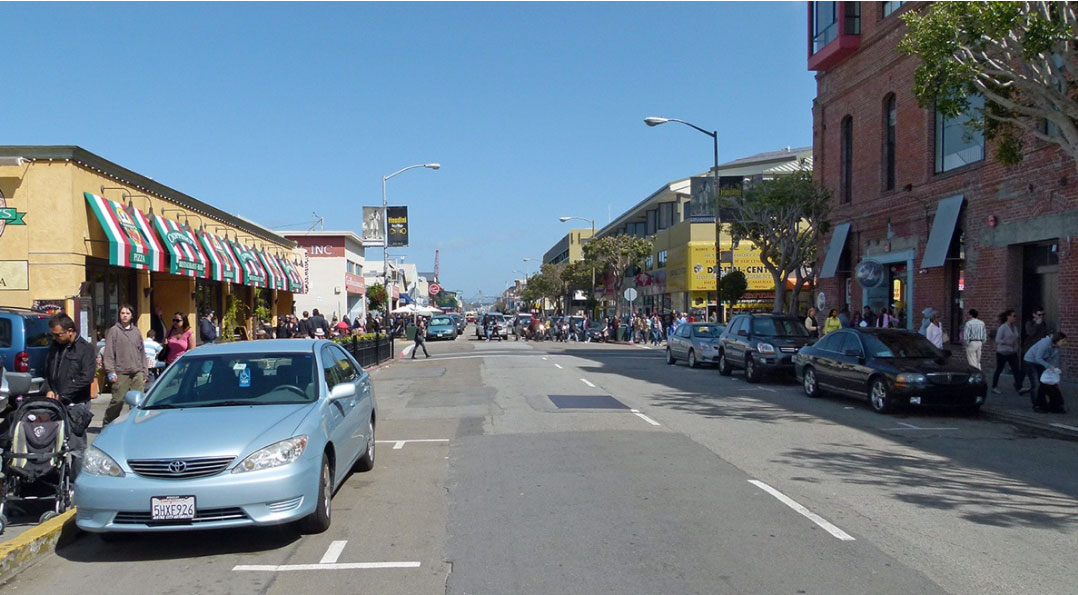
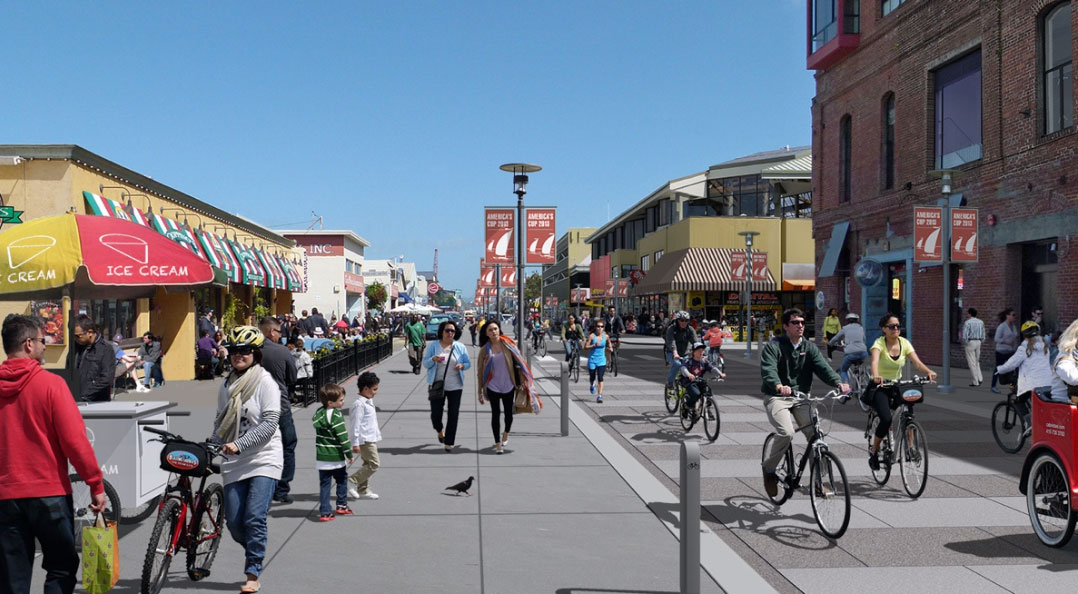
A big necessary change will be to build more urban housing, not less; with infectious diseases, it’s dangerous to have too many people crowded into individual apartments, not too many apartments. Whichever way we build, the buying public needs to be reminded of those primal social needs that any city, town, or suburb must satisfy. Otherwise the public will go back to buying a defective product.





